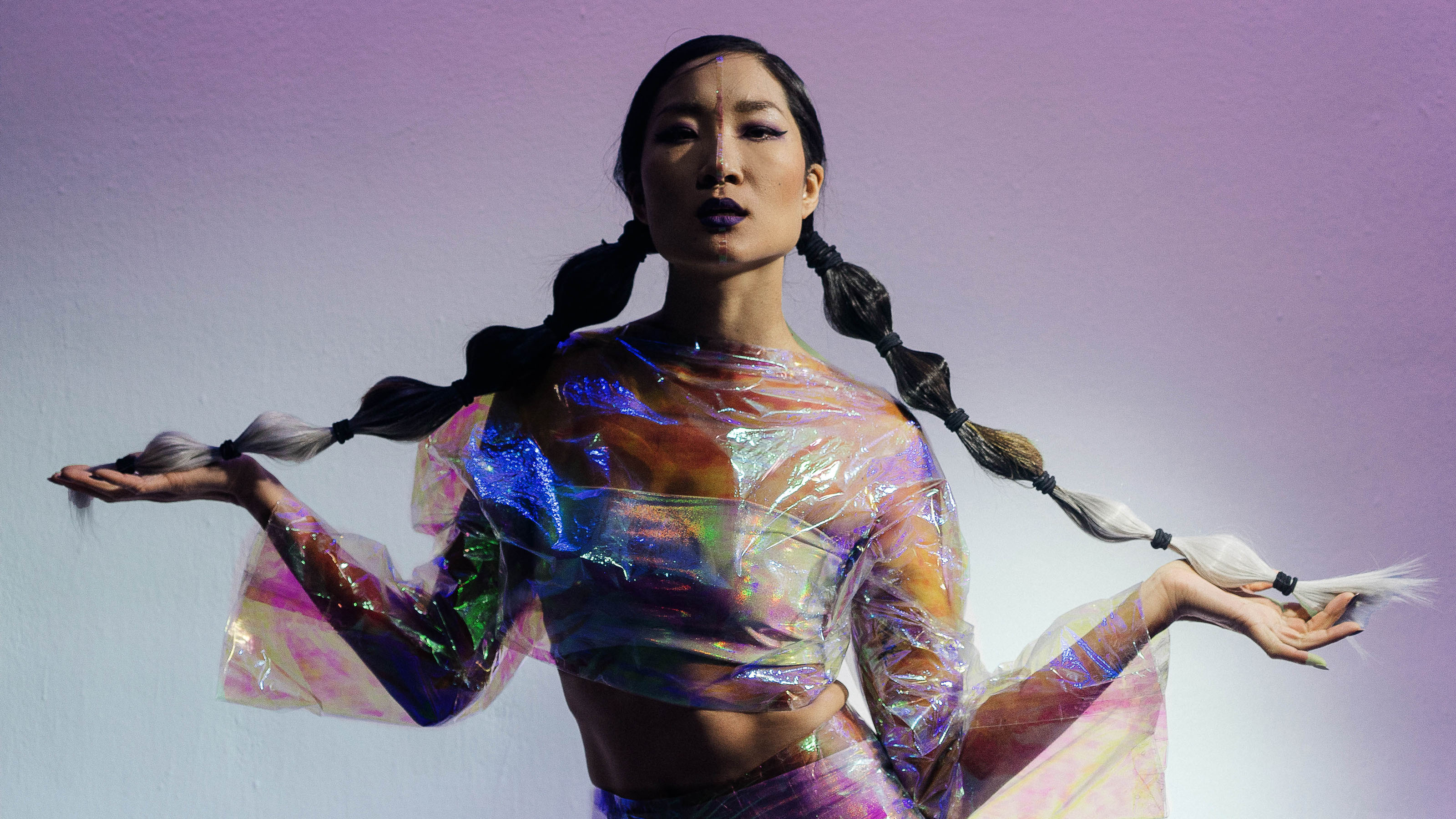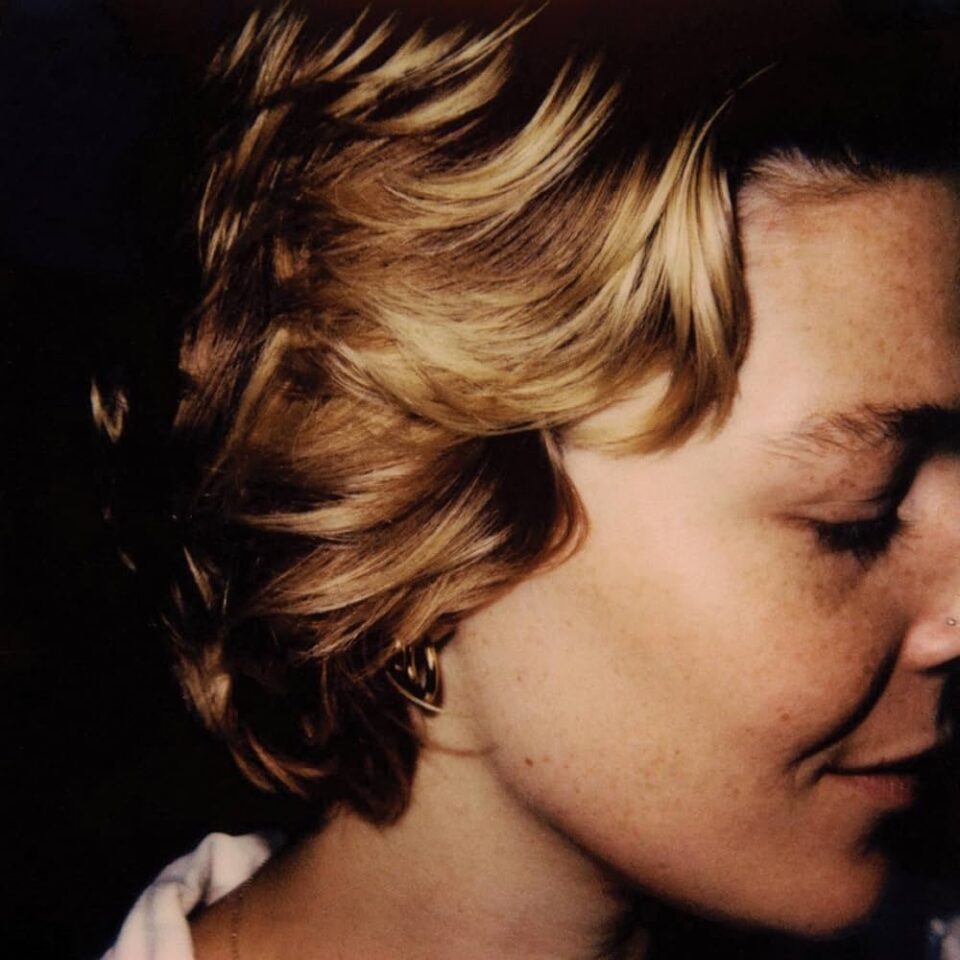Outside the Peridance Capezio Center near New York’s Union Square is a place where toned dancers have impassioned phone conversations. Beyond the building’s facade, dozens of spandex-clad performers meander the hallways waiting for the next class to start. The dance studio hosts a multitude of programs, from beginner drop-in classes to professional trainings. And despite it being a Wednesday afternoon, the place is packed, entertainers mingling in the hallways, slipping into open studios to warm up.
An upstairs room has full attendance. Charlene Kaye, donning red lipstick, cropped pleated palazzo pants, and Nikes, her hair neatly pulled back in a high braid, glides to the front of the studio, filling in among the ranks peering at their reflections in the mirror. A striking woman, Leiomy Maldonado, enters and the group falls silent. Maldonado guides the class through warm-up stretches and into the first bits of choreography. Her body moves with grace and strength, her arms elegantly cutting through the air. Kaye follows suit, fluid motions marked with confidence, her face poised, a physical representation of the music she creates under the name KAYE.
For just over a year, Kaye has been exercising her penchant for movement with vogue classes, the style of dance born out of the underground Harlem drag scene in the 1960s and created as an outlet for marginalized queer people, inspired by the poses in fashion magazines like Vogue (naturally). She fell down an internet dance rabbit hole sparked after she saw a video from A-list choreographer Tricia Miranda. Though it wasn’t vogue, the video inspired her.
“This was my gateway drug,” Kaye says, watching the dancers pop and thrust to Missy Elliot’s “WTF (Where They From).”
Her first vogue lesson was an intimate instruction led by Maldonado, who in addition to being a force within the vogue scene was also the first openly transgender woman to appear on MTV’s America’s Best Dance Crew, and the woman who coined the signature hair flip utilized by the likes of Beyoncé and Willow Smith. (Maldonado appeared in the video for “Whip My Hair” after a personal invitation from Will and Jada Smith.)
A longtime guitarist and singer, Kaye released two solo albums under her own name before joining the Brooklyn art pop group San Fermin in 2014. While enjoying her time executing Ellis Ludwig-Leone’s vision in that group, Kaye was able to recalibrate her own musical and visual identity, which she displayed on last year’s Honey EP. Combining her guitar prowess with her striking vocals and a keen pop sensibility, Honey is a proud ode to Kaye’s sense of self. In the year since its release, she’s become more cognizant of her physical movements onstage.
In the video for her latest single, “Cheshire Kitten,” Kaye skirts through a choreographed dance with vogue-influenced motions and a newfound appreciation for her own femininity and how it’s translated through physical movement. “Let me tell you about it / I do what I please,” she preaches in her unwavering soprano. The song features a psychedelic funk groove highlighted by theatrical group harmonies that make a prime declaration for individuality. The song itself—as well as its message—emphasizes many seemingly conflicting notions: that an artist who celebrates their sexuality must not have technical instrumental skill; self empowerment and the effects of the male gaze; big pop hooks and nontraditional structure. Dressed in a suit of cellophane, Kaye dips and rolls, the set’s colorful lights creating a lustrous glow upon her limbs. Despite never taking organized dance lessons until recently, she moves with precision and passion.
“Dancers have a certain self possession that I find is not usually inherent in most people, because they’ve taken the time to discover how they can move and how they carry themselves,” she says. “There’s a confidence and poise that took me a really long time to find on my own.”
During Maldonado’s ninety-minute class, Kaye follows along with precision through the basics of Vogue Femme, which include duckwalk (think of a ladylike squat with a simultaneous bounce and slight leg kick), catwalk, and dips, an elegant and strenuous drop to the floor. Appearing all at once angular and soft, Maldonado encouraged participants of all ages and backgrounds to put forth strength and purpose in their movements and facial expressions while instilling femininity and celebration in their overall performance. While half the class practices their catwalk (a feminine hip sway with extravagant arm movements), Kaye looks on, grinning at a student donning an unsuspecting ensemble of basketball shorts and a t-shirt as she struts with ferocity. One of her favorite aspects of vogue, Kaye says, is fluidity of femininity, that women look to men who have embodied the elegant dramatics of vogue femme and vice versa.
“Back then it was really underground and was a way for gay men to express their femininity and celebrate who they were,” Kaye says. “It’s evolved from there to be a very inclusive, celebratory, and, of course, unapologetically homosexual dance. The vibe I’ve encountered when I go to voguing classes is super inclusive. That’s part of what I love about it.”
This has been huge in Kaye’s own self-expresion. In the same way she might learn an instrument, Kaye has slowly been building a technical dance foundation that has empowered her onstage movements. It’s given her a confidence that’s empowered her to be more explicitly feminine despite working in a deeply male genre.
“It took me a long time to realize that it was OK to embrace my sexuality and not want to hide that,” Kaye says. “As a rock musician, which is a very masculine genre, you don’t find very many women that are celebrating their sexuality aesthetically in a rock format. And if they are, they aren’t taken seriously as musicians.”
“The vibe I’ve encountered when I go to voguing classes is super inclusive. That’s part of what I love about it.”
At the end of class, Maldonado leads everyone through a dip tutorial. Dips, like the other elements of vogue, require an incredible amount of strength and flexibility, involving an elegant drop to the floor, putting all your weight on one leg and pulling it under your body while arching your back and extending the other leg. Maldonado goes around the room leading each student through the dip while the class looks on. Kaye glides to the floor with a nod of approval from Maldonado. “Good,” the teacher says before moving on to the next dancer.
Kaye continues to practice her duckwalks, adding arm movements with the intense leg movements. Eyes fixed on her motions in the mirror, she exudes what takes many lessons to master: an attitude, swagger, and sensuality that comes with the dance. It’s easy to feel self conscious performing in front of a wall-sized mirror—anyone out of sync runs the risk of drawing attention in the massive reflection—but Kaye dances with abandon.
“Everybody only cares about themselves,” she says, “and I’m not watching everybody else in the mirror. All I’m thinking about is whether or not I’m doing the moves right. You can be really self conscious because you can see yourself in the mirror. You think everybody’s like, ‘Oh that girl sucks.’”
But with dance—and music—Kaye has found that centralizing her focus is key to realizing creative potential.
“I’ve spent so much time in my career being like ‘Should I be this or should I be that?’” she recalls. “I’ve had old managers being like, ‘You should be sexier’— just getting a lot of bad, unsolicited advice that I’ve paid a lot of attention to in the past. It’s such a waste of time. If you don’t care about what you’re doing, then nobody else is going to.” FL









